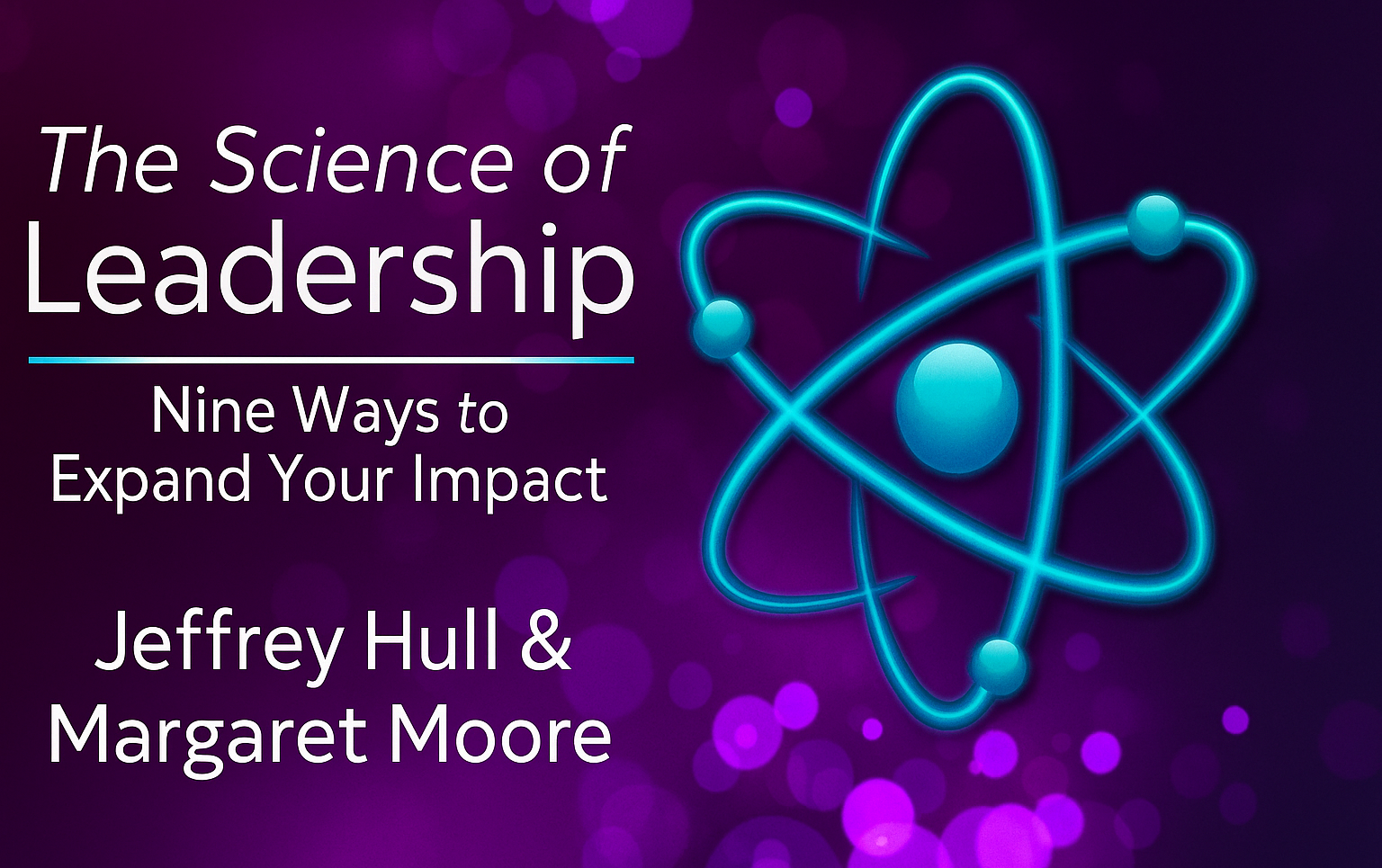
The Science of Leadership: what the research says and how leaders can use it
Read Time: 2 mins
Leaders often ask me for a clear, evidence based way to grow their impact without burning themselves or their teams out. The Science of Leadership by Jeffrey Hull and Margaret Moore lands in exactly that space. It distils a very large body of research into nine practical capacities that build from self, to others, to system. Think of it as a way to keep your footing while you lead change and lift performance.
The nine capacities of leadership
The nine capacities are: conscious, authentic, agile, relational, positive, compassionate, shared, servant and transformational leadership. In simple terms, the work starts with self awareness and ego management, moves through how you strengthen and support others, and scales up to how you distribute leadership and lead transformation. This sequencing reflects the literature and how growth tends to happen in practice.
Quiet ego and better balance
Two ideas stand out for my clients. First, the quiet ego. Researchers Jack Bauer and Heidi Wayment describe a quiet ego as balanced concern for self and others, grounded in mindfulness, perspective taking and growth. Leaders with a quieter ego tend to be steadier under pressure and more able to act for the collective. That looks like better decisions and calmer culture.
Self-determination theory and motivation
Second, motivation quality matters. Self Determination Theory shows people perform and feel better when three needs are met at work: autonomy, competence and relatedness. Leaders who give meaningful latitude, build skill and create trust see higher engagement and better persistence when the work gets hard.
Understanding the leadership shadow
The book also asks leaders to face their leadership shadow. Under strain, strengths can tip into overdrive or, at times, withdrawal. Naming that pattern early prevents derailment and keeps teams safe. I often pair this with a light reflective practice and peer feedback.
Moving from empathy to compassion
Finally, the shift from empathy to compassion. The neuroscience is useful here. Empathy for distress can drain leaders, while compassion adds the intent to help and is linked with more positive affect and resilience. That turns care into action and keeps you from running on empty.
Applying the research in practice
Where does this leave you? If you lead a team or a function, start with conscious and authentic leadership. Build psychological capital in your team by growing agency, confidence, optimism, positive experiences and meaning. Then share leadership and develop others to lead with you. This is how performance and wellbeing can lift together.
How I use this in coaching
In leadership coaching and team building I map current strengths to the nine capacities, identify two small shifts for the next quarter, and use short experiments that support autonomy, competence and connection. It is practical, measurable and it fits busy roles.
